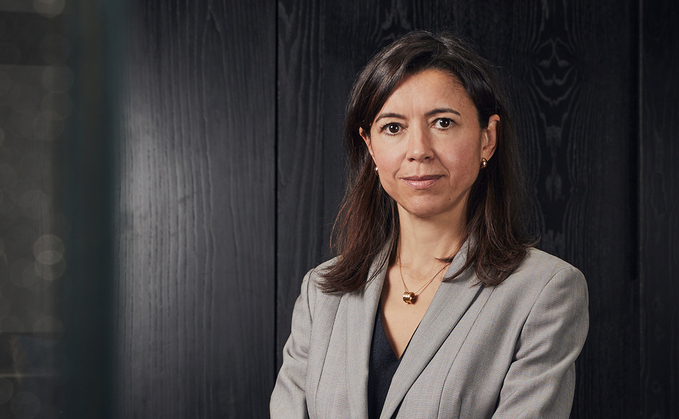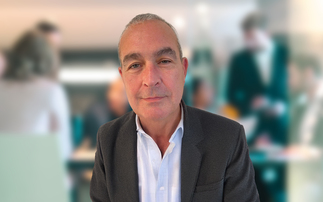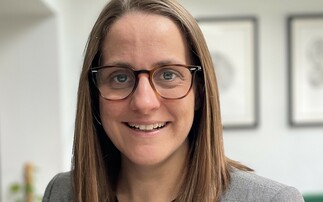
Royal London Asset Management’s Carlota Garcia-Manas, Head of Engagement, tells us about the challenge of adapting portfolios to meet long-term decarbonisation goals
How is the focus on climate change impacting where and how pension schemes invest in 2021?
What we are hearing loud and clear is that there is an appetite for products and services that help our clients satisfy their own commitments and objectives. On a portfolio level, they are asking us to provide information that helps them disclose how they are performing against these targets. To respond to this need, we have been integrating more information on the climate performance of investment solutions, doing more stress testing, and using forward and backward-looking metrics to gain a snapshot of our funds. Some investors might require full exclusions, so we work with them to create segregated accounts where they have full control of how the portfolio is constructed.
How do you ensure your portfolios are aligned to pension scheme goals as well?
To start off with, we have a conversation with the client to understand what they are interested in. We have a suite of solutions available that incorporate climate reporting and integration, as well as stewardship and engagement. We're constantly refining this to reflect both growing client demand for decarbonisation, and to reflect our own capabilities and commitments such as joining the Net Zero Asset Managers Initiative.
We have a full suite of sustainable funds, and also provide tilting opportunities in passive funds. We have seen particular interest in a hybrid passive/active approach with enhanced governance at a minimum. As a medium-sized asset manager, we are able to use our aggregated holdings to enhance stewardship even in passive strategies. And then, for those clients that have a strong view on a particular issue, we can also integrate exclusions.
How are you incorporating and reporting on climate transition goals in particular?
Ultimately, we want to make sure that whatever assessment we do is as close to the science as possible. Some stress testing models are very rigid as these don't have the flexibility to conduct sensitivity tests. We remain independent on how we select our models, but we are moving away from backward-looking metrics and carbon footprinting.
If we want to make net zero by 2050 a reality, we have to at least have an awareness of where the portfolios are and then have the tools at our disposal, mainly through stewardship, to get the appropriate targets and strategies in place to ultimately reduce a company's emissions.
IMPORTANT INFORMATION
For Professional Clients only, not suitable for Retail Clients.
This is a financial promotion and is not investment advice. The views expressed are those of the authors at the date of publication unless otherwise indicated, which are subject to change, and is not investment advice.
This post was funded by Royal London Asset Management.







